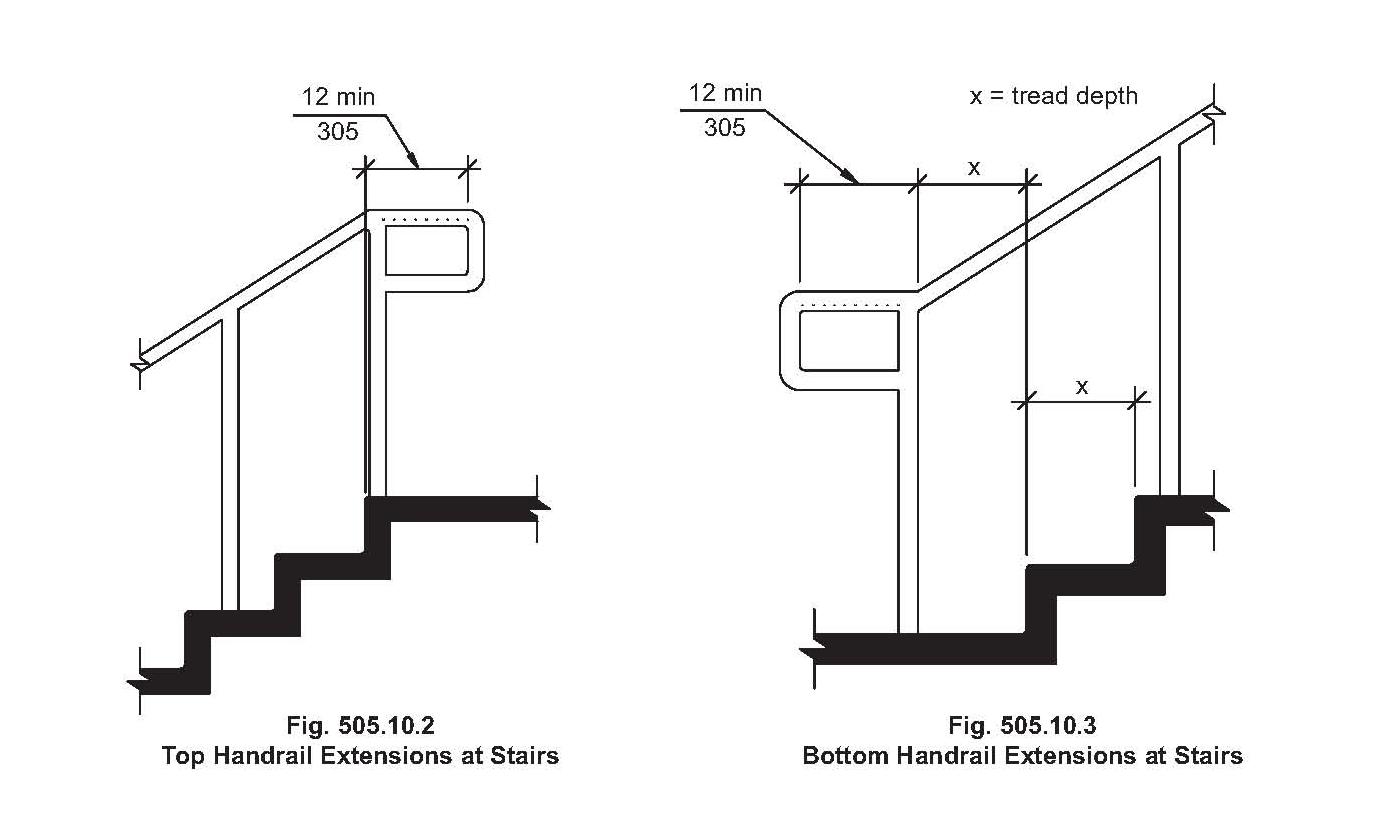Handrail Regulations: Don't Let Your Staircase Become a Lawsuit

So, you're thinking about staircases. Sure, they're architectural marvels, connecting different levels of your domestic domain. But before you get swept away in a Pinterest spiral of grand designs, let's talk about something far less glamorous but infinitely more important: handrail building codes. Because nobody wants a broken bone (or worse) to be part of their home décor.
Handrail codes might seem like bureaucratic red tape, but they're actually there for a reason – your safety. These regulations, which vary slightly depending on location, dictate everything from handrail height and placement to the strength and durability of the materials used. Ignoring these rules isn't just a bad idea; it's potentially dangerous and could even impact your home insurance.
Historically, handrail requirements emerged from the very practical need to prevent falls. Think ancient civilizations and their rudimentary steps – even then, the concept of a supportive rail was crucial. Over time, as architecture and building practices evolved, so too did the regulations surrounding handrails, becoming more sophisticated and standardized to address increasing safety concerns in increasingly complex buildings.
Now, let's face it, navigating these residential handrail codes can feel like deciphering a cryptic scroll. Terms like "graspable handrail," "guardrail extensions," and "stair rail systems" can be daunting. Essentially, a "graspable handrail" means it must be shaped and sized so you can get a firm grip. Guardrail extensions refer to how far the railing must extend beyond the top and bottom of the stairs to prevent falls. And a "stair rail system" encompasses the entire structure, including handrails, balusters, and newel posts.
Why bother with all this detail? Well, compliance with handrail building codes is about more than just avoiding fines. It’s about creating a safe environment for your family, friends, and even yourself. A properly installed handrail can be a lifesaver, literally, preventing falls and providing stability, especially for children, the elderly, and those with mobility issues.
Three major benefits emerge from adhering to these guidelines: enhanced safety, increased home value, and peace of mind. Properly installed handrails drastically reduce the risk of falls, protecting your loved ones and preventing potential liabilities. Furthermore, a house built to code is more attractive to buyers, increasing its market value. Finally, knowing your home is up to code offers invaluable peace of mind.
Creating a safe and code-compliant staircase involves several key steps: consult your local building codes, choose appropriate materials, and hire a qualified contractor if needed. Accurate measurements are crucial, and regular inspections ensure the railing's ongoing safety and compliance. Successful examples of handrail installations abound, showcasing both functionality and aesthetic appeal.
When evaluating handrails, consider this checklist: appropriate height, secure mounting, smooth finish, graspable shape, and compliance with local codes. These are just a few examples of the many challenges and solutions involved in handrail installations.
Advantages and Disadvantages of Strict Handrail Codes
| Advantages | Disadvantages |
|---|---|
| Increased safety | Increased construction costs |
| Higher home value | Potential design limitations |
Best practices include using durable materials, ensuring proper spacing between balusters, and providing continuous handrails on both sides of the stairs. Real-world examples illustrate how these practices contribute to safe and functional staircases.
Common challenges include navigating complex regulations, finding qualified installers, and accommodating unique architectural designs. However, solutions exist for each of these challenges, ranging from online resources to custom fabrication.
FAQs about handrail codes often cover topics like height requirements, material specifications, and inspection procedures. These questions highlight the complexities and nuances of handrail regulations.
Tips for complying with handrail codes include consulting with local authorities, staying updated on code changes, and using reliable online resources. Tricks of the trade, like using pre-fabricated handrail sections, can simplify the installation process.
In conclusion, while the world of building codes for residential handrails might seem complex, its importance is undeniable. These regulations are the bedrock of safe and accessible homes. From preventing devastating falls to increasing property value, the benefits far outweigh any perceived hassle. By understanding and adhering to these codes, you're not just building a staircase; you're building a safer, more valuable, and more secure future for yourself and your loved ones. So, take the time to research, plan, and execute your handrail project with precision. Don’t cut corners, and remember, a little investment in safety today can prevent a major headache tomorrow. Be informed, be proactive, and be safe.
Suspended movement exploring zero gravity pilates in the uk
Decoding that sun rash itch causes relief and prevention
The enduring fascination with monster incs big lipped character







:max_bytes(150000):strip_icc()/stair-handrail-and-guard-code-1822015-final-CJ-01-157768d7ac40439da36f9ba69faa00c6.png)






